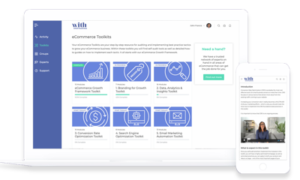What are content pillars?
Content pillars are core topics of your business.
Content pillars are like buckets that you can group similar themes or topics. Content pillars can be created and organized into consumable content for your target audiences across your social platforms, blogs etc.
Content pillars can be broken down further into topic clusters. Topic clusters provide the opportunity to expand on your content pillars allowing you to address some aspects more thoroughly.
As much as your content pillars are the main hub of your information, it’s your “topic clusters” that will ultimately attract your users – as the content is more specific, niche and relevant.
Why defining your content pillars are so important?
Content pillars are key foundations to building a robust content strategy. Instead of just creating content on-the-fly, your distinct content buckets will assist you in developing an organized and thought through content calendar.
Your content pillars also help in creating relevant and specific content for your identified target audiences. They give structure to content ideation as you have a blueprint or roadmap on which content pillar, topic cluster, target audience, what social channel you are developing content for and the objective.
The benefits of defining specific content pillars are three-fold for brands.
- Organisation – Instead of just creating content on-the-fly, distinct content buckets help you create a calendar that covers the necessary topics for your brand.
- Targeting – Defined pillars serve as a guide for crafting specific content for specific people, so you don’t ignore one of your target audiences.
- Ideation – Coming up with fresh ideas is often cited as a huge pain for small business owners. Content pillars automatically hone in on relevant topics for you.
How to define your content pillars
In defining your content pillars, it is important to reference your SEO keyword research. We will cover how to tie this into your content pillar strategy.
First, you’ll need to develop your content pillars, look at the following (most of this you would have worked through in the brand toolkit) and write down a list of words or short phrases:
- What does your brand stand for?
- Why do you exist?
- What are your core company values?
- Who are your target audiences?
- What differentiates your target audiences?
- What is your product or service about?
You can then bucket similar words together or if your list is long prioritize the words and phrases into the most important to the least important.
Take some time to write them down. Ideally you will end up with a list of 4-6 content pillars.


